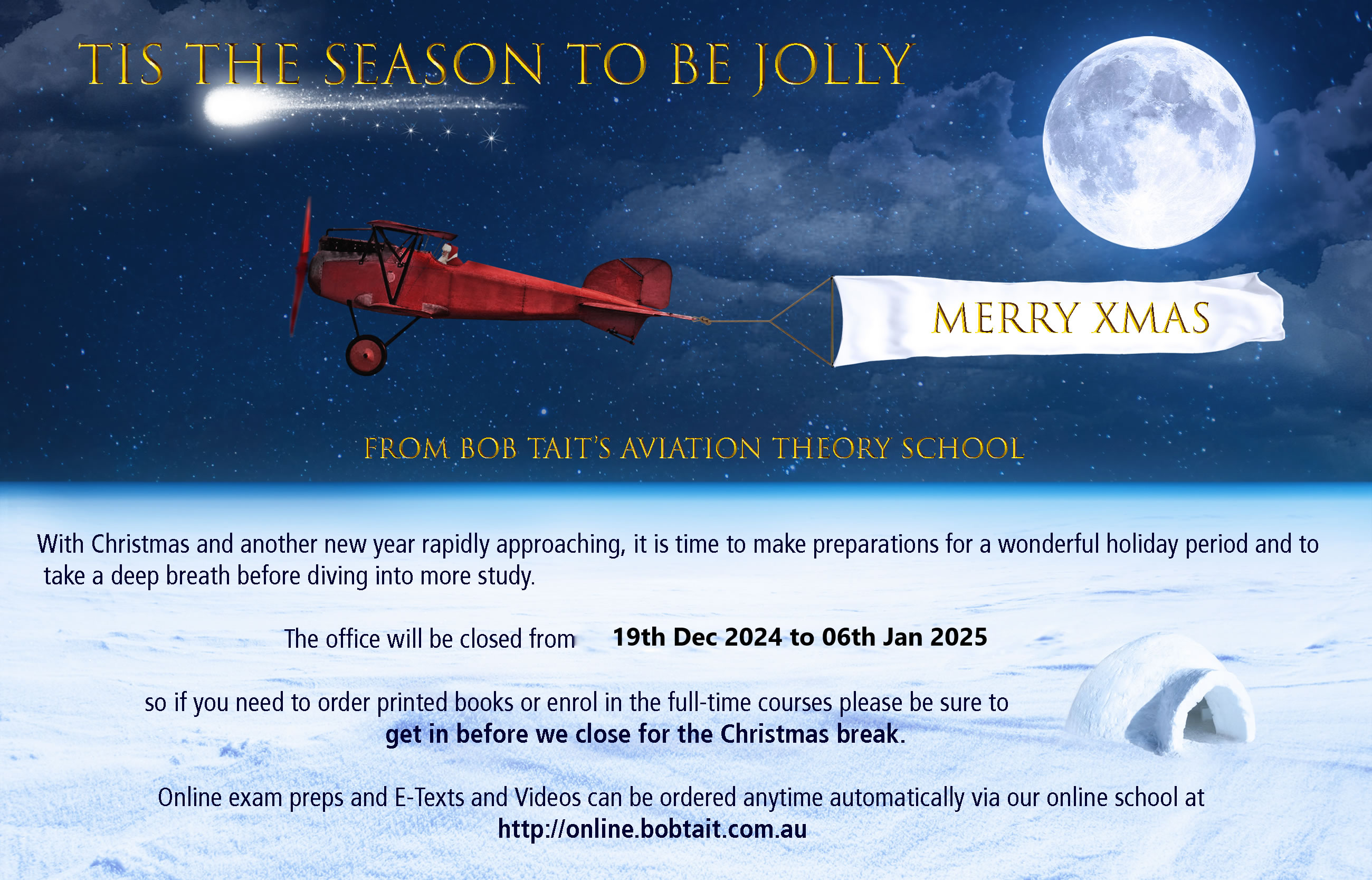A pilot assessed that he is undershooting at best L/D speed... the correct answer is to maintain present attitude and speed (which is correct)
I don't have the question so I will have to apply a bit of guesswork to presume that you are doing a forced landing exercise ? are late in the approach and don't have the option of bugging out and going for your backup paddock ?
The response will depend on the aircraft -
(a) fixed pitch - you have misjudged your pattern badly and, particularly, misjudged base positioning. You are rather out of options (which is not where you would like to be) and have little other than maintaining the best airspeed. Presuming you are still aiming somewhat in from the beginning of the paddock you are now hoping that the increase in gradient will still get you over the fence. If that doesn't look right, then you have to aim for the softest place to crash and fly the aircraft into and through the crash.
(b) two pitch prop - (not many of these around - the only one I've flown was the IMCO CallAir A9A, glider towing years ago - I even managed to find a photo of the bird at
www.airliners.net/photo/RAAF-Richmond-Gl...Callair-A-9A/5216707) ... as the pitch change operation generally is slow, you are better off treating the unit as a fixed pitch prop, leave it where it is and proceed as for (a). If you ever get the chance to fly the A9A, don't pass it up - while the aircraft has a few quite strange handling characteristics it is great fun to fly.
(c) CSU. The usual strategy is to fly the forced landing pattern at a mid pitch setting, intending to run the prop control to fine on final as appropriate for the flare target point along the runway. If you start to undershoot you pull to FULL COARSE and the glide path will flatten noticeably.
However I recently got MPPC endorsement and I have been demonstrated significant increase in performance after applying prop pitch fully fine in a situation similar as in question.
I don't think so. With the engine not operating (or at idle) all you will do is steepen the glide path.
What would be your advice?
.. not recommend that instructor for your friends' CSU training.
Some thoughts -
The CSU in this situation acts like a speedbrake - full fine is like having the boards out, full coarse is like having the boards in .. and you can play with the prop control lever as required to fine tune the descent gradient on the way down - just the way that a glider pilot can play with the speedbrake lever.
I flew many hundreds of hours in a range of aircraft (some fixed pitch, the CallAir - MPL two pitch prop, some CSU) on glider towing/parachuting and the general technique (subject to any POH limitations and engine temp/cooling considerations) was to descend at highish speed with low RPM and power sufficient to keep the engine temps up at a sensible level. Mid to short final, close the throttle and use the prop control in lieu of power to control the last section of the approach and landing - worked an absolute treat.
If you fly CSU aircraft, I suggest that you do some exposure flying to get some practice using the prop control on descent to control flight path angles.
While for the exams, the mantra is to descend at the best L/D speed, in the real world one wouldn't do that. The better plan, subject to what paddocks you might have and how critical the situation is, is to descend at a speed margin a bit above best L/D. If you make a hash of the plan and run low, you then have the prop control and speed reduction to the optimum as cards up your sleeve.
So far as training for forced landings is concerned, I suggest that the best available is to find yourself a very experienced ag pilot and fly a few hours on paddock landings. We did this to qualify for outfield glider retrieves and I learnt more in a couple of hours with an extremely experienced ag pilot out in the Forbes area than I learnt anywhere else when it came to paddock operations.







